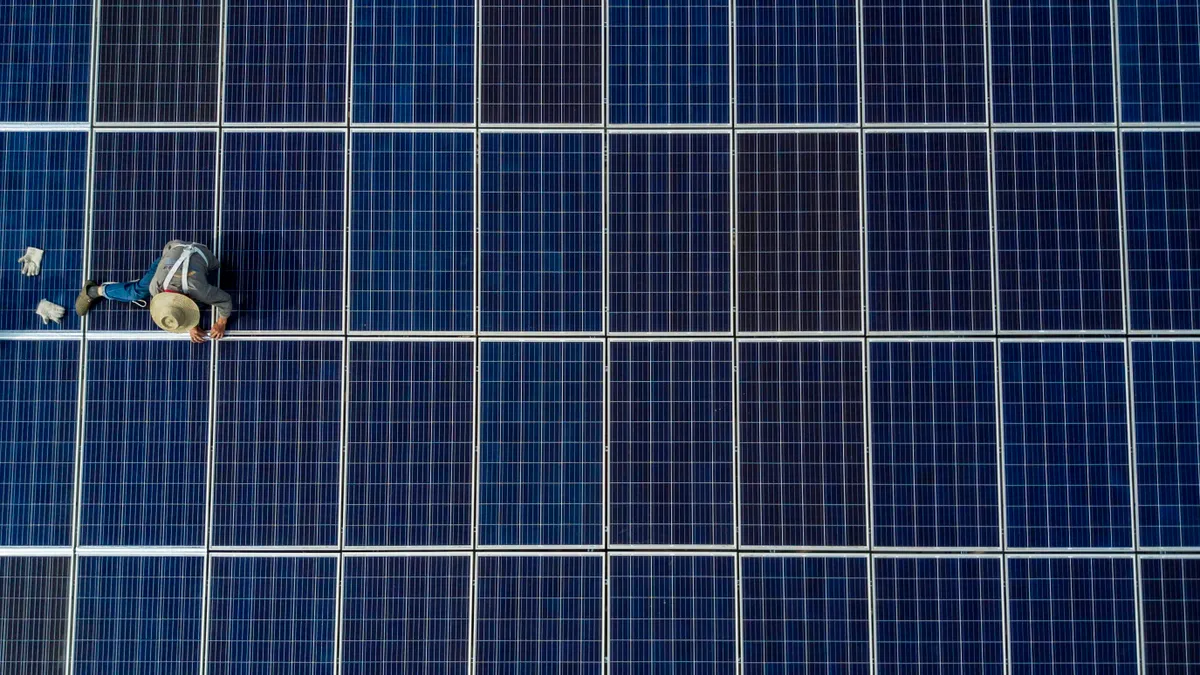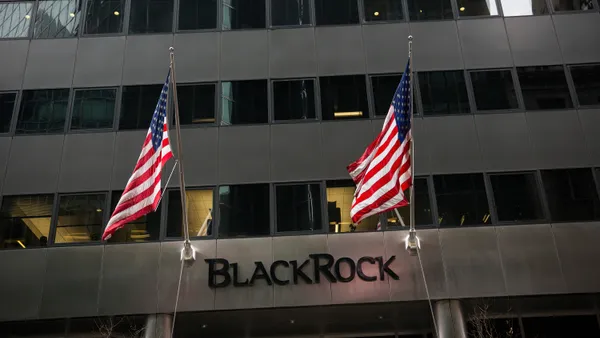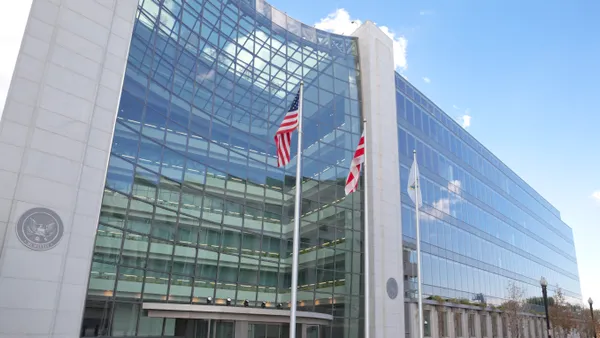Dive Brief:
- After the solar industry’s boom in 2023, experts say that the financial landscape this year will be shaped by the Federal Reserve’s decisions regarding interest rates, and further guidance from the IRS on tax credits included in the Inflation Reduction Act.
- “The whole industry is looking at what the Fed is going to do,” said Raj Prabhu, CEO of Mercom Capital Group.
- Confidence that the Fed will cut rates early this year has waned, and long-awaited guidance for the IRA’s domestic content adder credit did not materialize before the end of last year.
Dive Insight:
“The hope had been that [guidance for the domestic content bonus credit] would come out by the end of last year, but that did not happen,” the Solar Energy Industry Association’s Senior Vice President of Supply Chain and Trade Stacy Ettinger said during a recent webinar on solar supply chain and trade challenges. “So hopefully in Q1 we will see those rules.”
SEIA is also awaiting a rule from the Department of the Treasury regarding the Section 48 Investment Tax Credit, Ettinger said, and “looking for increased clarity on definitions, including the definition of ’production.’”
The IRA has already helped spur massive private investment in solar, with 2023 seeing solar companies raise $34.3 billion in corporate funding globally — the largest amount in a decade, a recent report from Mercom found. That amount includes including venture capital funding, public market, and debt financing.
This marked a 43% increase over the previous year. In spite of this, merger and acquisition activity in the global solar sector declined 25% from the previous year, with 96 transactions taking place compared to 128 in 2022, according to Mercom.
High interest rates and a perception of solar companies and projects as temporarily overvalued made investors wary, he said. Despite this, the IRA was a “big” factor in 2023, “without which I don't think the industry could have overcome the challenges of higher inflation and interest rates.”
“Most of the industry was expecting that by [this] February, March, April, the cycle would change from higher interest rates, it would stabilize and the Fed would start cutting rates,” Prabhu said. “Now, we're not so sure. You can see the stock market — especially solar stocks — reacting and fluctuating with every single news cycle. So the first quarter seems very, very uncertain right now.”
M&A activity fell in both the areas of companies acquiring other companies, and companies acquiring projects, Mercom found. The largest M&A transaction in solar last year was Brookfield Renewable’s $2.8 billion acquisition of Duke Energy’s unregulated 3.4-GW commercial renewables business.
“All of the challenges in the U.S. — the interconnection delays, certain component shortages, and projects taking really long to get off the ground,” Prabhu said. “All these put together are making investors a little bit more cautious when it comes to M&A, whereas the finance was good. That was surprising, that they were so opposite in the way they reacted to market conditions.”
Prabhu said he thinks if the market receives certainty on monetary policy, and challenges like supply shortages and the interconnection queue ease, the M&A market is likely to improve in the second half of this year.
The solar industry is also facing disruptions to its supply of imported panels, resulting from enforcement of the Uyghur Forced Labor Prevention Act and the upcoming June expiration of President Joe Biden’s two-year moratorium on import duties imposed on solar panels from four Southeast Asian countries that the U.S. Department of Commerce found guilty of circumventing tariffs on Chinese-made components.
The UFLPA, and the overall issue of forced labor related to the mining and processing of polysilicon, are an “ongoing concern,” Ettinger said. She said that SEIA is “working diligently” to develop a supply chain traceability protocol — with help from federal officials, including Customs and Border Protection.
Ettinger said that SEIA is also monitoring two pieces of litigation regarding the Commerce circumvention case — one that challenges the circumvention finding, and one that challenges Commerce’s implementation of the moratorium.
“Both of those pieces of litigation are in the very early stages of the process,” she said.













